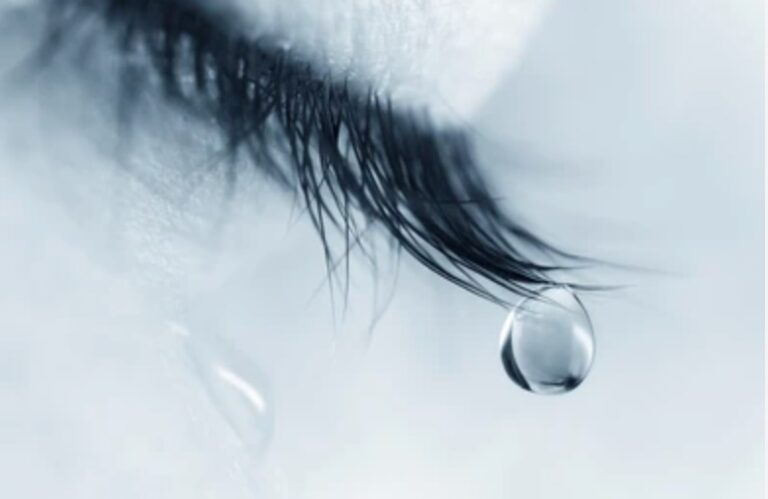![]()
“Cry” explores the universal human experience of crying, delving into its emotional, psychological, and social dimensions. It examines why we cry, the contexts in which tears are shed, and their impact on both the individual and society. The concept offers a profound and comprehensive analysis of the significance of tears in human lives.
Jay Prakash Gaur: Crying, often perceived as a sign of vulnerability, plays a crucial role in emotional and physiological regulation. It has several impacts:
1. Stress Release: Crying is a natural response to stress, acting as a release mechanism. Emotional tears contain higher levels of stress hormones like adrenocorticotropic hormone (ACTH) and prolactin. By shedding these hormones, crying helps reduce the body’s stress levels.
2. Emotional Balance: Crying provides an emotional release that can help individuals process feelings of sadness, frustration, or grief. This cathartic process can lead to a sense of relief and emotional clarity, aiding in the restoration of emotional equilibrium.
3. Chemical Changes: The act of crying triggers the release of endorphins, which are the body’s natural painkillers and mood elevators. This biochemical response can produce a calming effect, counteracting the initial emotional distress.
4. Hormonal Changes: Crying can influence the levels of various hormones in the body. For instance, it can lead to a reduction in the production of cortisol, a primary stress hormone. Lower cortisol levels contribute to a decreased stress response.
5. Psychological Changes: Crying often facilitates emotional processing and can enhance psychological resilience. It allows individuals to confront and acknowledge their emotions, which is essential for mental health. This acknowledgment can reduce the risk of prolonged emotional turmoil and associated mental health issues.
6. Physical Changes in the Brain/Body: Crying activates the parasympathetic nervous system, which helps the body rest and digest. This activation slows the heart rate and promotes a sense of calm. Additionally, crying stimulates the production of oxytocin, a hormone associated with bonding and stress relief, further enhancing physical and emotional well-being.
Overall, crying serves as a multifaceted tool for managing stress, balancing emotions, and promoting both psychological and physiological health.








Indeed crying is cathartic expression.
Thanks
Very Nice article describing one of the very common outburst of an individual.
Thoroughly covered all aspects of Crying and its impact on human body.
Thanks for your kind words.
Very interesting writeup on a subject which has no age limits, but necessary to keep life going.
Shri Jai Prakash ji, writes on numerous subjects, each one offers an insight into that aspect in life we never knew. This blog is an example of his indepth knowledge which he is bringing to the forefront. Look forward to more interesting topics.
Thanks for appreciation.